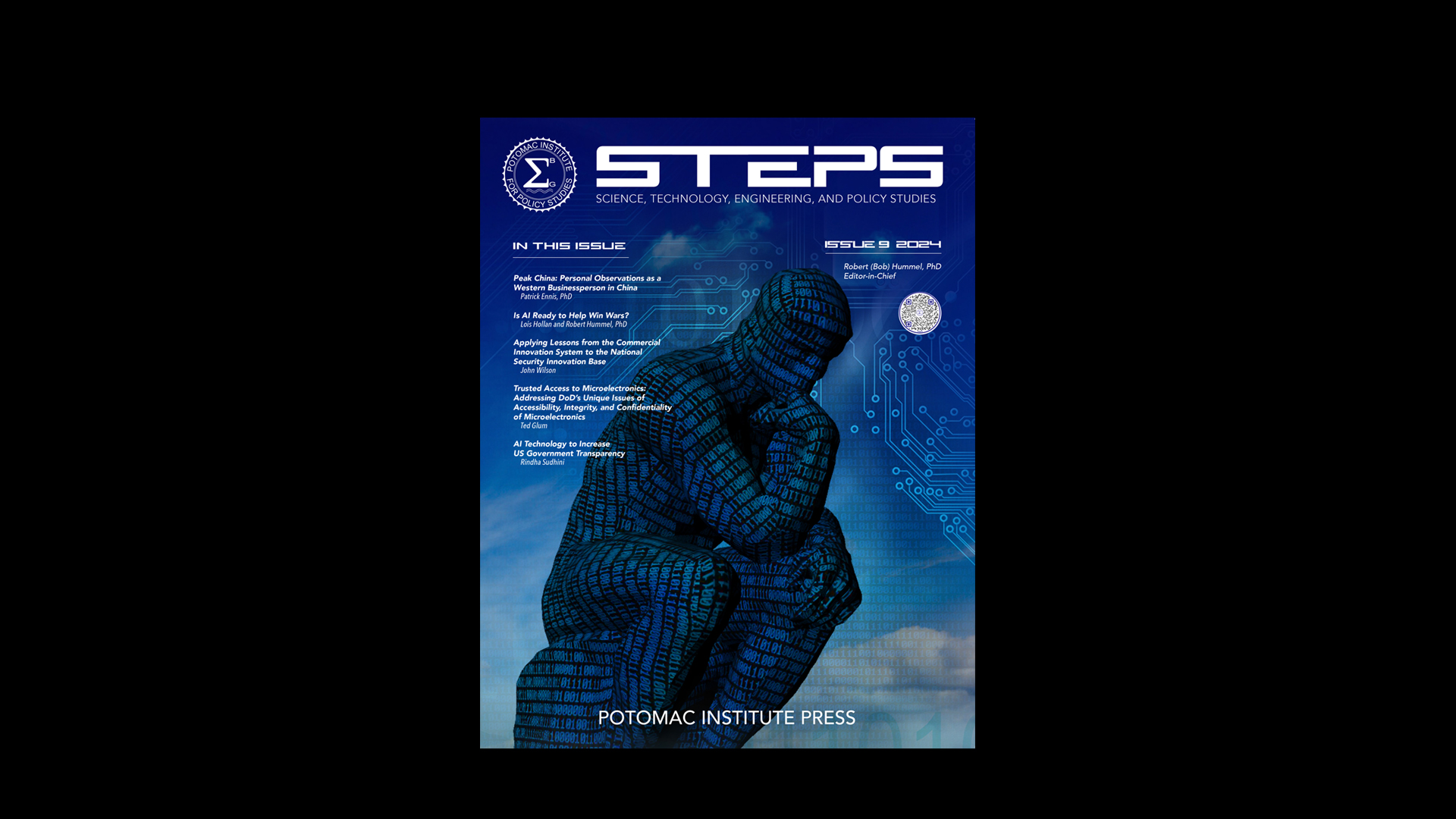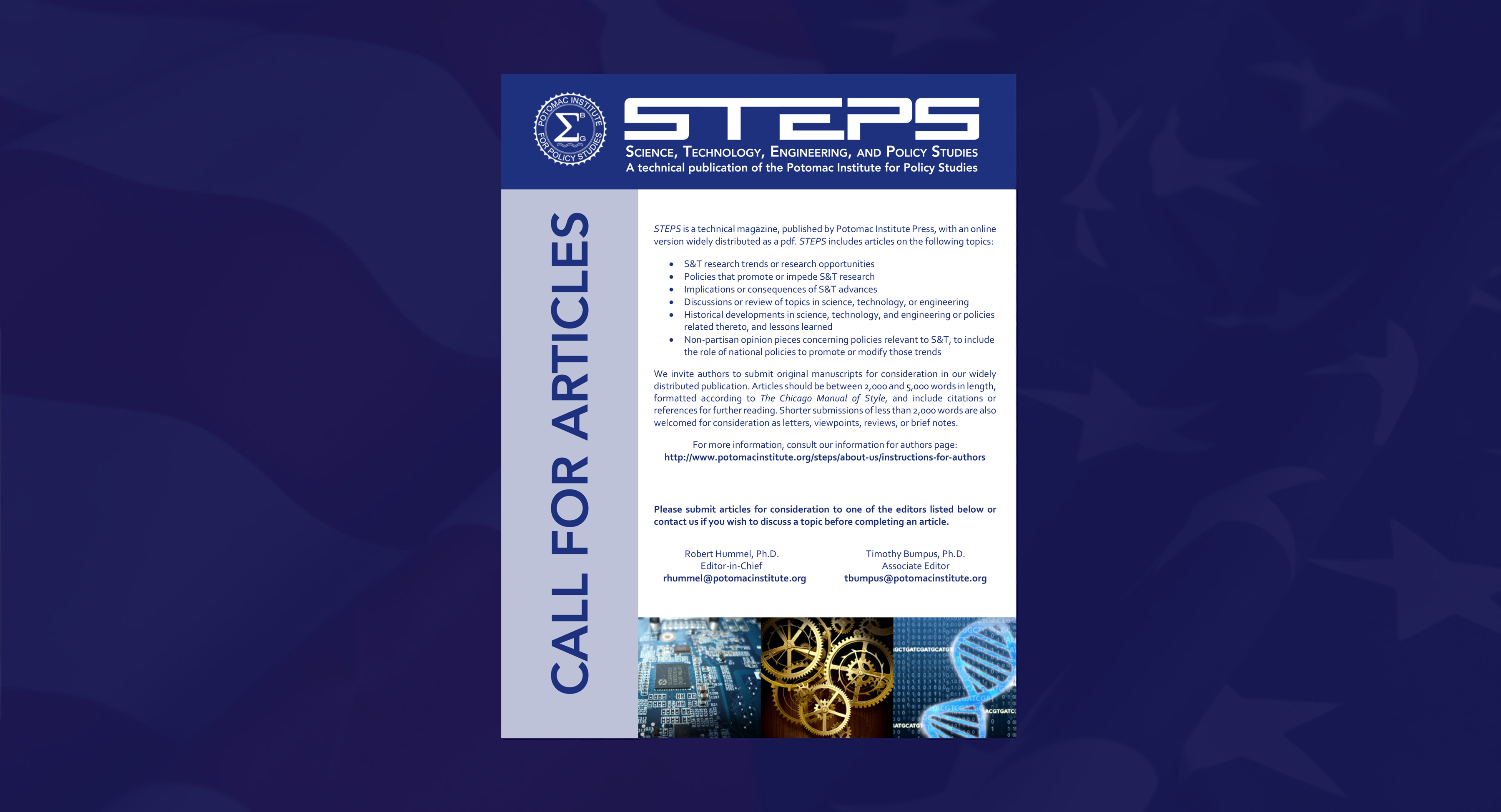SUMMARY: A commentary by Henry I. Miller appearing in Forbes calls into question the WHO’s response to the H1N1 influenza pandemic. “From the beginning the World Health Organization's actions have ranged from the dubious to the flagrantly incompetent,’’ writes Miller, who surmises that getting governmental buy-in to fight a potentially more virulent future pandemic may now be more difficult.
STORY LINK: http://www.forbes.com/2010/03/10/swine-flu-world-health-organization-pandemic-opinions-contributors-henry-i-miller.html?boxes=Homepagechannels
ANALYSIS:
The abject criticism of the WHO’s handling of the H1N1 outbreak benefits from the clarity of hindsight. The WHO does have its issues and, like any organization, more than its share of missteps. Arguably, defining pandemic by geographic spread without consideration of virulence is among them. Public health policy is defined, however, by evidence and precedent. The looming archetype of pandemic influenza is the 1918-9 outbreak, which killed between 3 and 6 percent of the world population, some 50-100 million people. While this example may be distant and of marginal relevance, it remains a benchmark none-the-less. As the novel H1N1 rapidly spread in May and June 2009, it was impossible to predict how deadly this strain would be. In fact, early indicators appeared to point to a relatively lethal strain, perhaps because only the worst cases were readily identified and reported.
As it turned out, H1N1 did displace seasonal flu and reduced the toll from the annual cycle. This was impossible to know on June 11, 2009, when the pandemic was declared. The more pertinent question is not whether WHO over-reacted, but what would have been the consequences had the circumstances been reversed – WHO takes a conservative approach and the virus exhibits exceptional virulence. Given that scenario, rightful criticism would be heaped upon WHO for failing to protect with world’s health.
Finally, to blame irrational behavior on warnings issued by a public health organization is itself irrational. The slaughter of pigs in Egypt may have been based on many things, but it was not founded in either science or the content of WHO warnings. Charlatans abound, ready to pounce on any fear or unknown. The “fraudulent peddling of all sorts of ineffective and possibly dangerous protective gear and nostrums” was readily preventable, had the details of WHO guidance been heeded. This points to the classic communications model: there must be a speaker and a listener. Absent either, there is no communication. A clear and consistent message is the order of the day when facing a potential catastrophe. Erring on the side of caution may prove unnecessary, but it is a superior approach to missing the call on an historic natural disaster as it unfolds.
- Donald A. Donahue, DHEd, Executive Director, Center for Health Policy and Preparedness

















